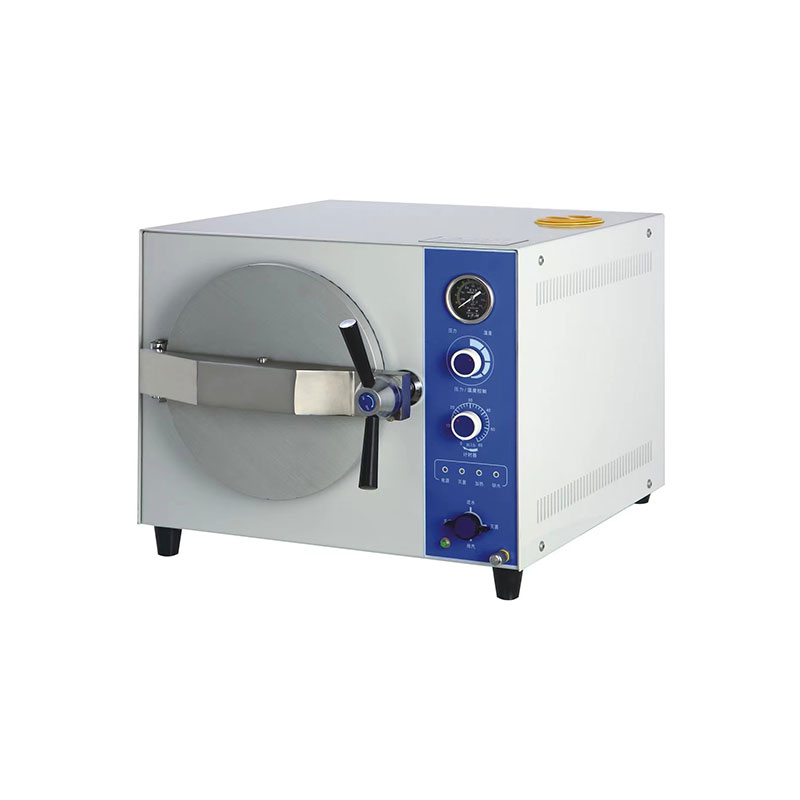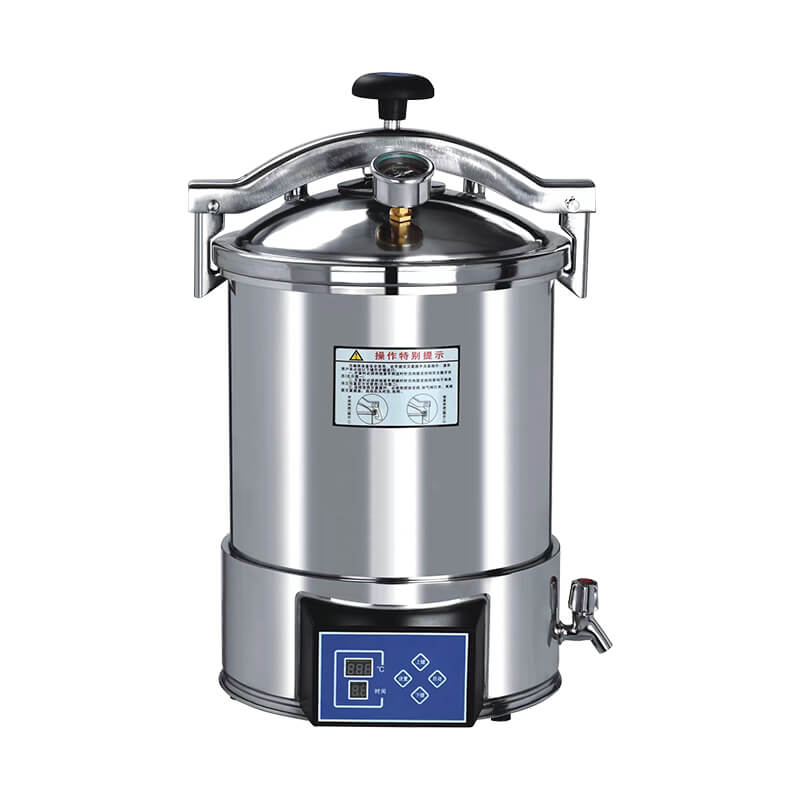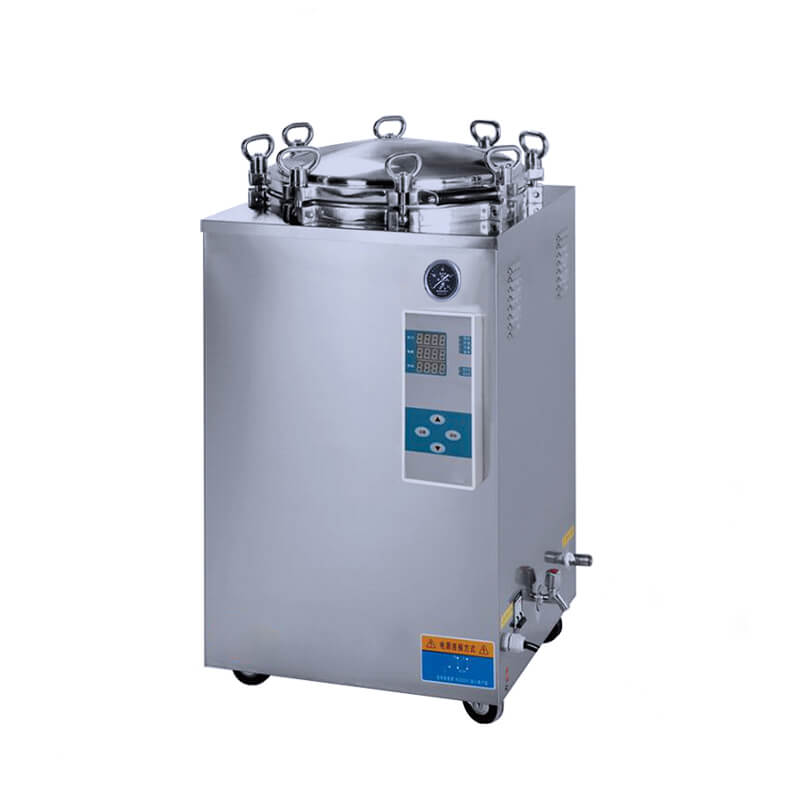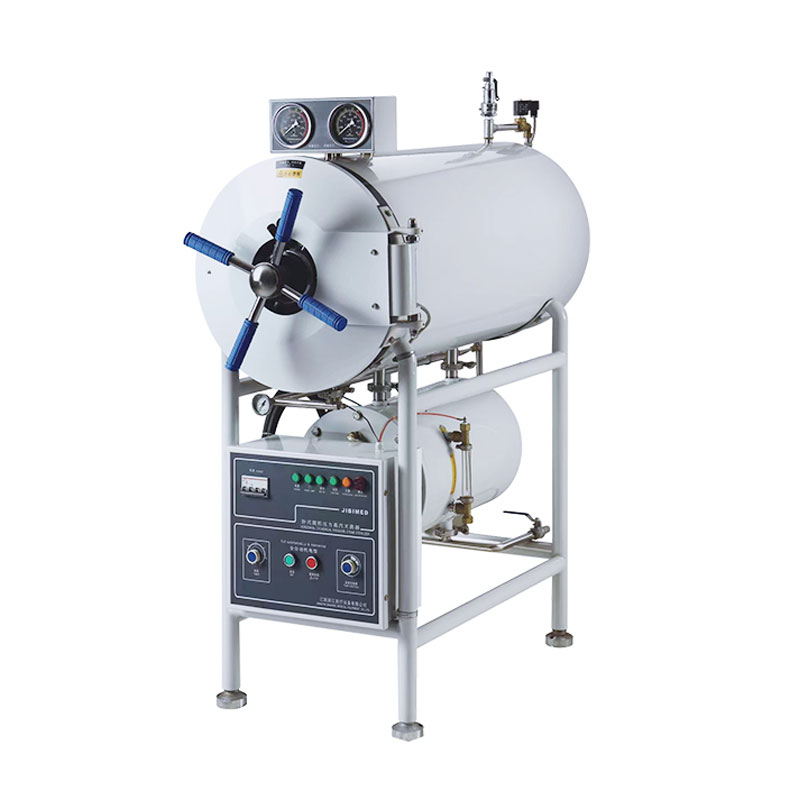Autoclaves are an essential tool in many industries, from healthcare to laboratory research to food and beverage processing. One particular industry where autoclaves are especially important is mushroom cultivation.
Mushroom cultivation requires a sterile environment to prevent contamination by unwanted microorganisms, which could harm the mushrooms or even render them unsuitable for consumption. One of the primary ways to achieve this sterile environment is by using an autoclave to sterilize the substrates used in mushroom cultivation.
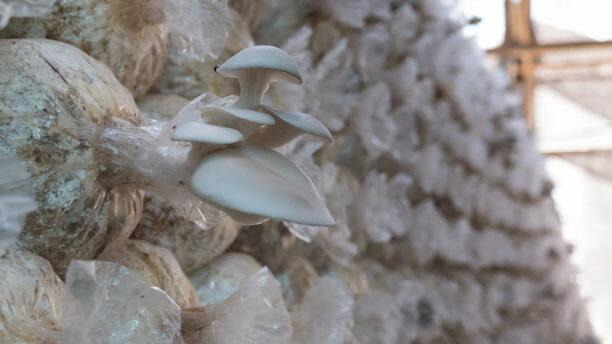
Mushroom culture
Substrates are the materials that provide nutrients for mushroom growth, and they are typically composed of organic materials such as sawdust, straw, or compost. These materials are susceptible to contamination by bacteria, fungi, and other microorganisms. Autoclaving the substrates involves exposing them to high-pressure steam for a certain period of time, which effectively kills any unwanted microorganisms and ensures a sterile environment for mushroom growth.
In addition to sterilizing substrates, autoclaves are also used to sterilize other materials used in mushroom cultivation, such as tools, containers, and agar media used for spore inoculation and culture. This helps to prevent contamination during the cultivation process and ensures high-quality mushroom production.
Mushroom cultivation is a growing industry, and the use of autoclaves is an essential part of the process. However, it is important to note that not all autoclaves are created equal. Different types of autoclaves have different capacities and features, and it is important to choose the right one for the specific needs of your mushroom cultivation operation.
When searching for an autoclave, it is important to consider factors such as capacity, efficiency, and ease of use. It is also essential to ensure that the autoclave is compliant with relevant regulations and standards, such as those set by the FDA and other regulatory bodies.
In conclusion, the use of autoclaves in mushroom cultivation is crucial for ensuring a sterile and controlled environment that allows for healthy mushroom growth and production. As the mushroom industry continues to grow, the importance of autoclaves will only increase. By choosing the right autoclave for your needs and ensuring compliance with relevant regulations, you can help to ensure the success of your mushroom cultivation operation.
Why Autoclave is The Best Method of Sterilization
Autoclaving stands out as a highly effective method of sterilization for several reasons: 1.Comprehensive Microbial Elimination: Autoclaves use high-pressure steam, typically at temperatures above 121°C
Why is autoclaving done for 15 minutes?
The reason high-pressure sterilization typically takes 15 minutes or more is to ensure the thorough elimination of various microorganisms, including bacteria, viruses, fungi, and spores.
How an Autoclave Works
The high-pressure sterilizer functions based on a fundamental principle that leverages elevated temperature and pressure to achieve potent disinfection. Here’s a simplified explanation of its
How to clean autoclave monthly
Regularly cleaning and maintaining the high-pressure sterilizer each month is essential to ensure its proper functioning and effectiveness in disinfection. Here are the general steps
How Does an Autoclave Work
A high-pressure sterilizer operates by placing objects within a sealed chamber and introducing high-temperature, high-pressure steam. The working process can be summarized in the following
What is Autoclave Sterilization
High-pressure sterilization is a process that utilizes high-pressure steamand elevated temperatures to eliminate microorganisms on the surface and withinan object. In this procedure, the object

